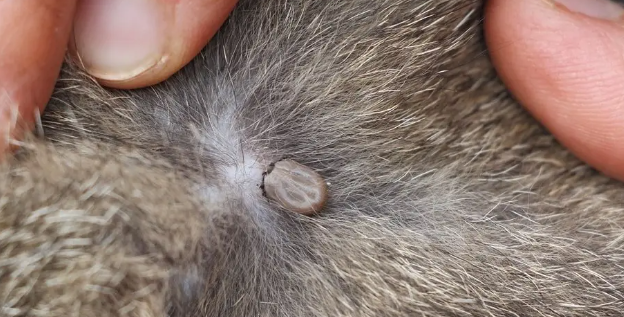Ticks on Cats: What You Need to Know
Ticks are more than just a nuisance for your feline friends; they can pose serious health risks as well. Understanding how to identify, prevent, and treat tick infestations is essential for ensuring your cat stays healthy and happy. This guide provides you with practical information about ticks on cats, helping you keep your beloved pet safe.
Understanding Ticks and Their Risks
Ticks are small, blood-sucking parasites that can attach themselves to your cat’s skin. These tiny creatures thrive in grassy or wooded areas, making outdoor adventures risky for your pet. Ticks can transmit various diseases, including Lyme disease and Rocky Mountain spotted fever, which can lead to severe health issues if left untreated. The importance of regular checks for ticks, especially after outdoor excursions, cannot be overstated.
Preventative Measures for Tick Control
Prevention is always better than cure when it comes to ticks. There are several effective methods to keep these pests at bay. Regularly using veterinary-recommended tick preventatives, such as topical treatments or collars, can significantly reduce the chance of ticks attaching to your cat. Additionally, keeping your yard tidy by mowing grass and removing debris can create less inviting environments for ticks. Regular grooming and thorough checks after outdoor play are also essential to catch any ticks early.
How to Remove Ticks Safely
If you discover a tick on your cat, handling the situation calmly is crucial. Using fine-tipped tweezers, grasp the tick as close to your cat’s skin as possible and pull straight out, applying steady pressure. Avoid twisting or jerking, as this might leave part of the tick behind, potentially leading to infections. Once removed, clean the area with disinfectant and monitor your cat for any signs of illness. If you notice lethargy, loss of appetite, or unusual behavior, consult your veterinarian promptly.
Conclusion
Keeping your cat safe from ticks is vital for their overall well-being. By understanding the risks, practicing prevention, and knowing how to remove ticks safely, you can protect your furry friend effectively. For more information about tick prevention and treatment options, don’t hesitate to reach out to your veterinarian. Your cat’s health is worth it!




